Throughout his creative career, Masayoshi Sukita has trained his enquiring lens on everyone from David Bowie and Iggy Pop, to Marc Bolan, Jimi Hendrix, Yellow Magic Orchestra and John Lydon – making him a legend in the world of music, film and celebrity photography.
With the upcoming release of ‘Sukita – Eternity‘ – a full retrospective of Sukita’s greatest images including, early work, fashion photography, musician and celebrity portraits and his less-well-known street and travel imagery – we present a list of things you didn’t know about the celebrated Japanese photographer.
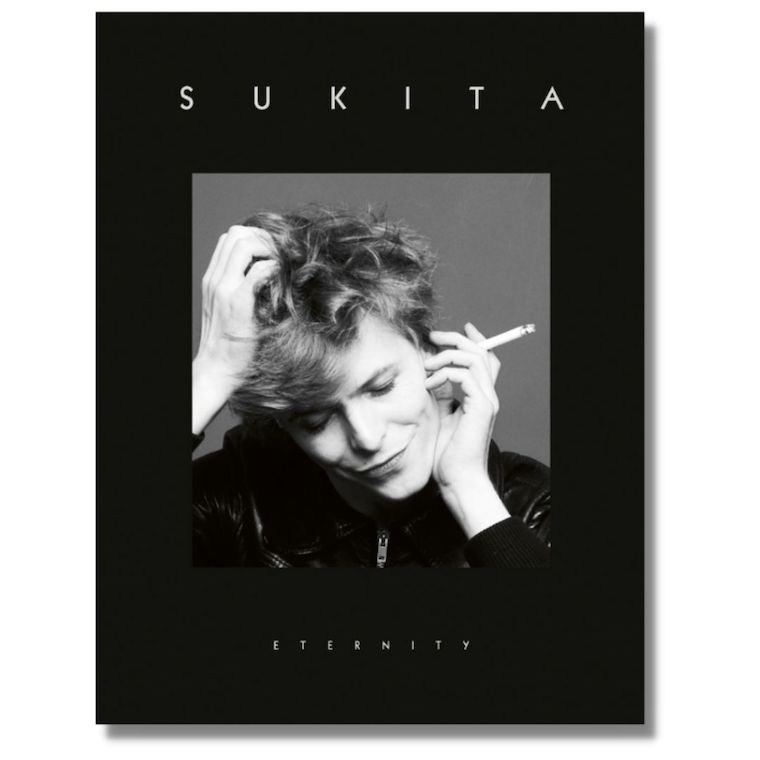
- Sukita’s first photograph was of his mother. “I owe everything to my mother, and the first photo I ever took was of her, which I still think is the most beautiful photo I have ever taken.”
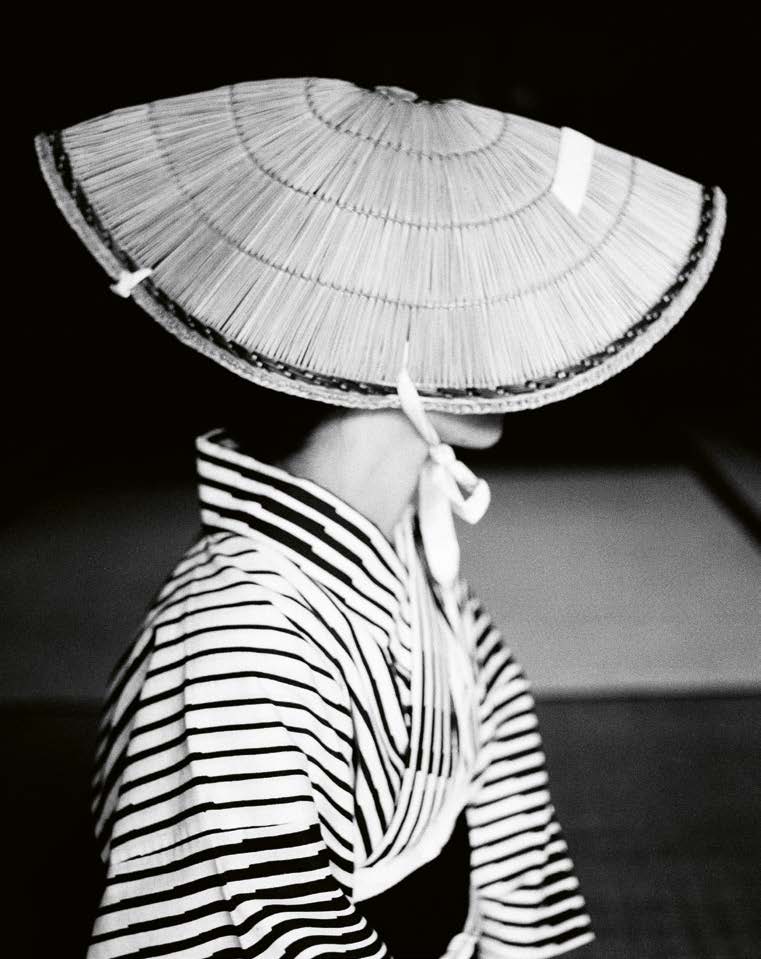
- Sukita’s family business was a hardware and household goods store called Sukita-Shoten in the coalmining town of Nogata, Fukuoka Prefecture, which lies in the northern part of the southern Japanese island of Kyushu.
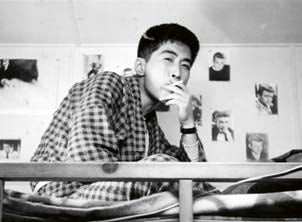
- In 1958, after twice failing to enter university, Sukita moved to Osaka and entered the Commercial Photography Department of Shasen, the Japan Institute of Photography and Film. His photograph of a deer skull and antlers, taken in Nara, won first prize in the graduation exhibition.
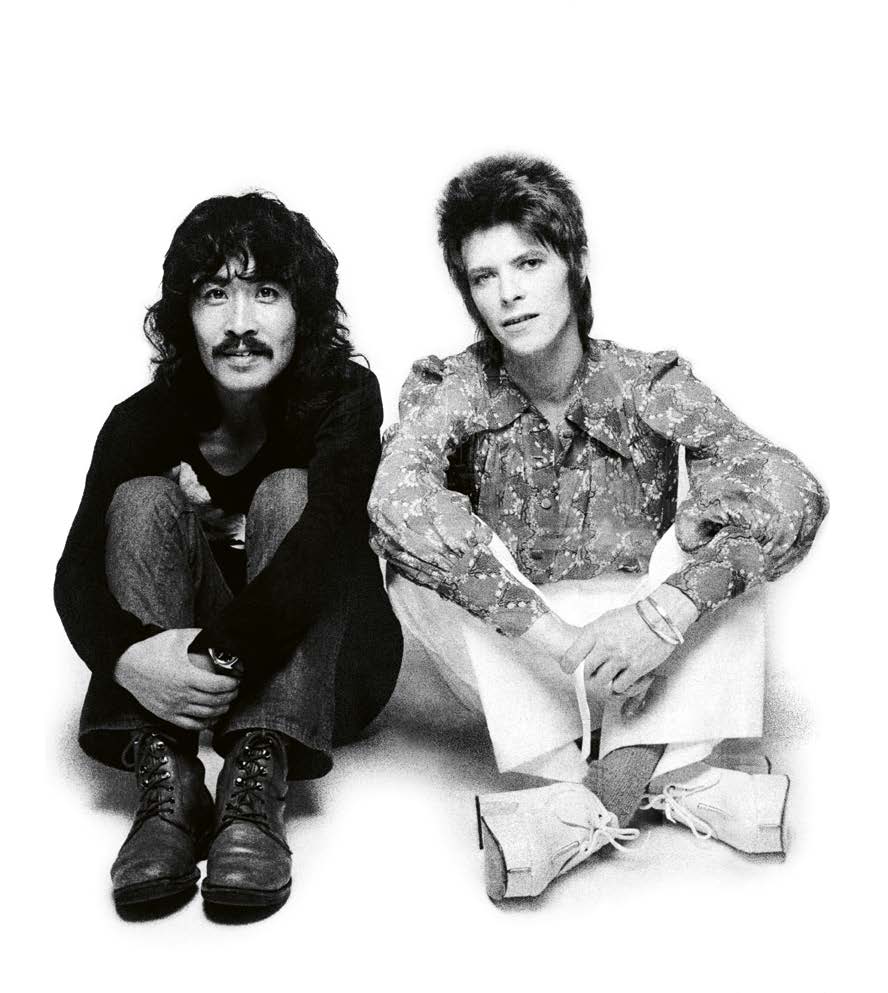
- During the 1960s, while working in the photography department of the Daiko Advertising company in Osaka, Sukita travelled to Nagasaki, in western Kyushu, to photograph hibakusha – survivors of the atomic bombing of August 6th 1945.
- Sukita’s photos of Marc Bolan and percussionist Mickey Finn, taken during a four-hour shoot in Pelling + Cross Studios in London on 30th June 1972, are renowned as some of the genre’s most enduring images
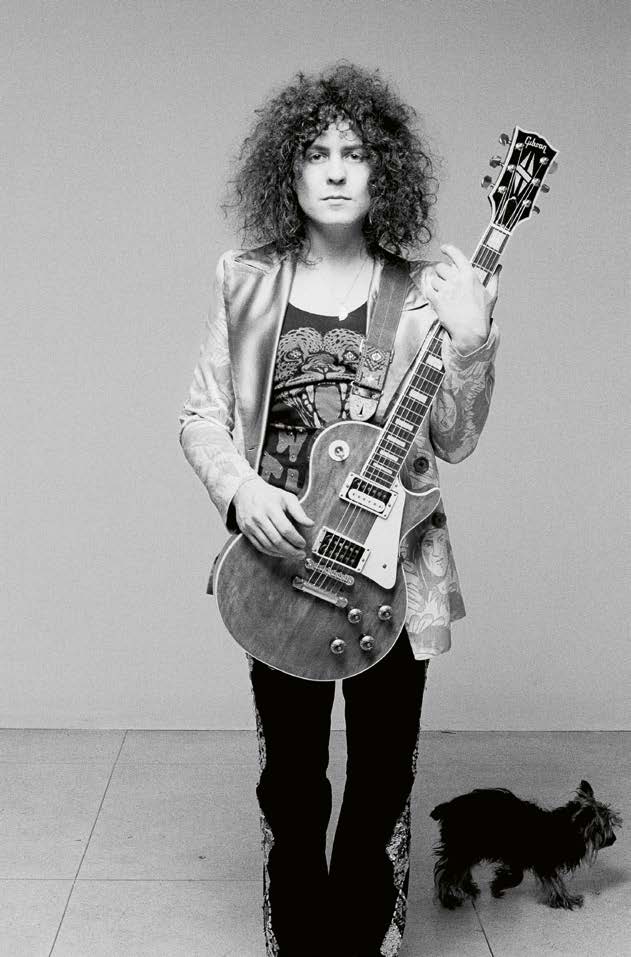
- In early February 1973, Sukita and Yasuko ‘Yacco’ Takahashi, Japan’s first professional stylist, travelled to New York for a photo session in RCA’s Studio A on East 24th Street, ahead of the opening of David Bowie’s US tour. Yacco brought over several Kansai Yamamoto costumes, which looked ‘marvellous’ on David, as Sukita recalls, especially against the red backdrop Sukita used for the shoot.
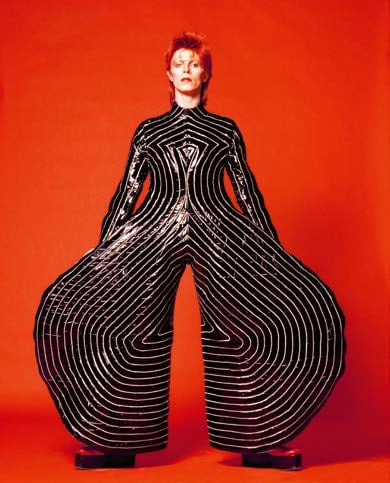
- When Bowie sailed into Yokohama on 5th April to begin his first Japanese tour. Sukita felt that Bowie’s arrival in the port city had echoes of Commodore Perry’s incursions into Tokyo Bay in the 1850s. These events opened Japan to the West after 214 years of self-imposed isolation.
- Sukita’s first association with Japanese musicians was the cover of the Sadistic Mika Band’s second album, Kurofune, which was released in 1974 and was produced by Chris Thomas.
- Of the twenty images Sukita sent to Berlin for review, Bowie chose Sukita’s favourite, marked with a red dot, as the cover of his forthcoming album, Heroes. Bowie’s unusual pose on the cover referenced the angular gestures of German painter Erich Heckel’s Young Man print of 1910, and his 1917 painting Roquairol.

- With punk rock then emerging in the 1970s, Sukita returned to London to shoot around the Vivienne Westwood boutique on King’s Road. Here he captured several up-andcoming artists and bands, including The Stranglers, Adam Ant, Tom Robinson, Throbbing Gristle and Elvis Costello.
- The early 1980s were a prolific time for Sukita. He worked with both Japanese and Western rock and jazz musicians, including Madness, Culture Club, David Byrne, Cyndi Lauper, Adrian Belew, David Sylvian, Billy Joel, Ron Carter, Ray Charles, Minako Yoshida, Masami Tsuchiya, Sheena & The Rokkets and Kenji Sawada.
- Recently, Sukita’s Heroes cover image was chosen as one of six album covers that the UK’s Royal Mail issued as commemorative stamps in 2017 – the first time an entire issue of stamps has featured an individual cultural figure.
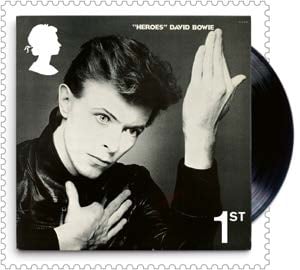
- Commenting on his work with Bowie, Sukita says, “The focus of my life at this advanced age is to travel the world to show the photos I took of David Bowie to the many people who love him. I was lucky enough to work with him for many years, and I want to keep his memory alive through my images.”
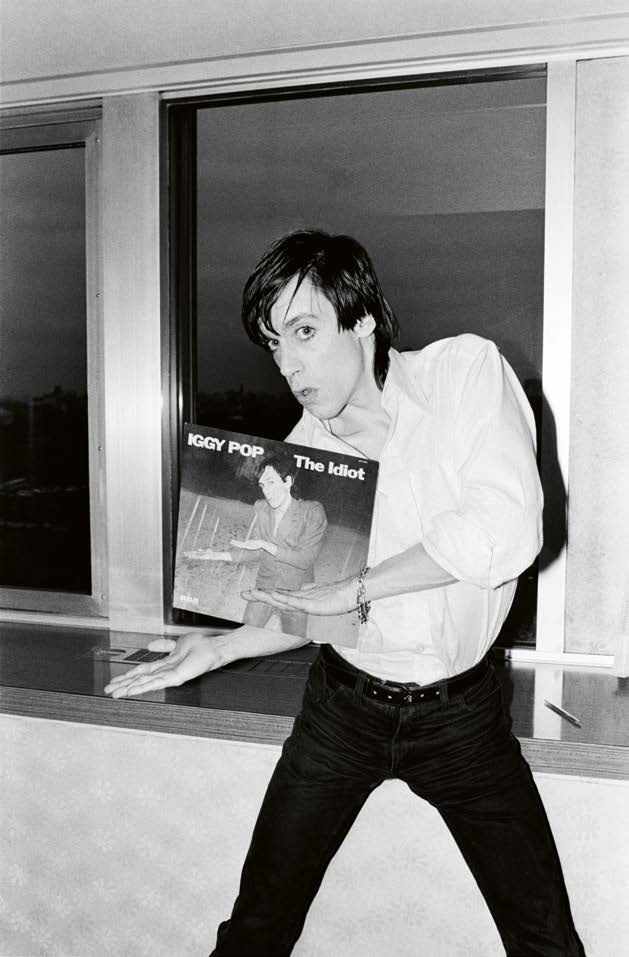
‘The Arts Bridge Space’, a new bookstore opening in a trendy Shanghai location, looks immediately set to join the ranks of the world’s most exciting book spaces.
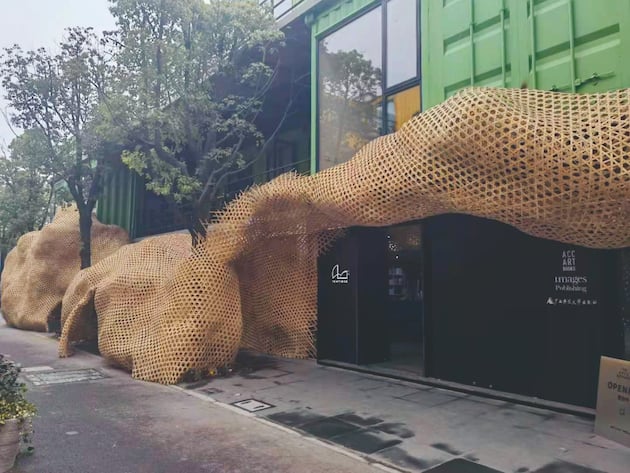
A collaboration between Guangxi University Press, ACC Art Books and Images Publishing, the store will host numerous artists and designers for exciting events and exhibitions.
As an exhibition space it will sell original artworks and design products, also offering an extensive range of books, drawn primarily from ACC Art Books and Images Publishing’s works, alongside those of their partner publishers, including London’s Royal Academy Publishing and Tate Publishing, New York’s Abbeville Press and numerous European and Asian publishers, such as Lannoo from Belgium, Emons from Germany and 5 Continents from Italy.
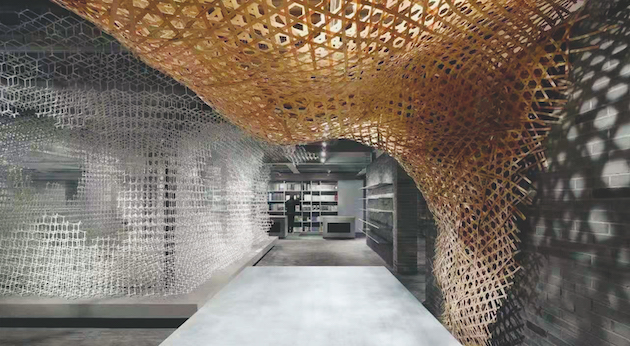
The store is designed in an eye-popping style and incorporates a spacious outdoor area, a cafe and a 3D printed reading room.
It is all housed in a series of reused shipping containers, while the entrance is enveloped in a bamboo installation that also winds its way into the shop interior. An impressive weaved structure (by designer Liu Qianxing), it combines traditional craftsmanship and natural products to form a stark contract with the post-modernist style of the complex itself.
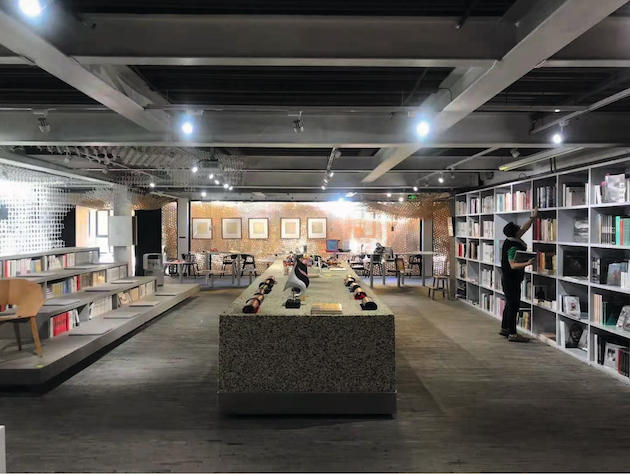
The interior echoes the bamboo installation of the exterior in the form of Yang Mingjie’s “Y-Frame Virtual Landscape”, which uses a repeated Y-shaped structure to create a complex visual space inspired by the West Lake, the most iconic site of Yang’s hometown, Hangzhou. The perfectly repeated forms combine into an organic overall shape that embodies the process of coming from nature, imitating nature and returning to nature.
The 3D printed reading room is made of concrete by the pioneering architect Xu Weiguo and his Beijing-based firm DADA, who are leaders in the field of digital architecture. An alternative type of concrete, made from recycled concrete and natural fibres and devised by design firm Bentu also features throughout the shop as furniture, display shelves and smaller products for sale, such as wireless phone chargers. As such, the space is far removed from the traditional bookstore.
For ACC and Images, who focus their publishing on the art, architecture and design world, the space champions many of their collaborations with artists and designers from China and the wider international community. Both publishers have produced books in collaboration with the many designers and architects involved in the creation of the space, and will work with artists who exhibit in the space in the future.
Describing the collaboration, James Smith, CEO of ACC and Images, said: “This is an incredibly exciting and a huge step in further enhancing our reputation in China and that of our partner, Guangxi University Press. Book sales in China have remained bouyant throughout the pandemic and look certain to grow significantly in the coming years. We have been building our reputation in China for some years and this new space is a very public demonstration of our commitment”.
The first exhibitions in the new space will include ‘Made in Shanghai’, a display of Shanghai-based product and industrial design; an exhibition of the traditional Chinese musical instrument Guqin in conjunction with the Palace Museum Beijing; and a display of nature-themed artworks from the renowned book designer, Zhu Yingchun.
Each of these exhibitions will be accompanied by new publications, special events and lectures open to members of the public.
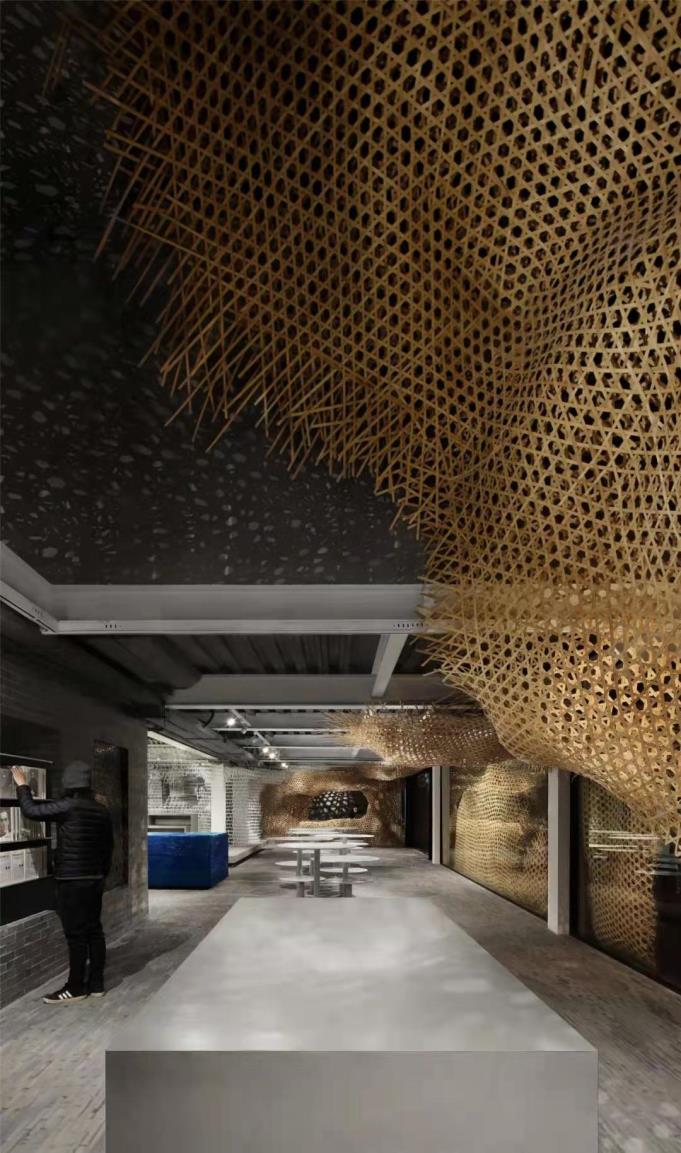
In 2015, ACC published the first major monograph on the work of Raymond Cauchetier. He was 95 at the time.
Raymond, an undoubted genius of photography and the man who had chronicled French cinema’s New Wave, was still largely uncelebrated.
Our book, Raymond Cauchetier’s New Wave, brought Raymond’s work to a new audience, and it was an honour and great pleasure for us to meet him and spend time with him in Paris and London.
His death last week at the age of 101 is a sad loss to the world of photography.
– James Smith, CEO & Publisher, ACC Art Books
